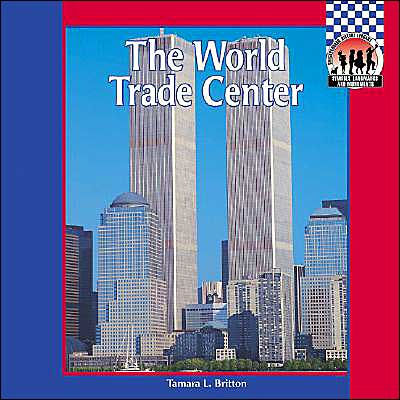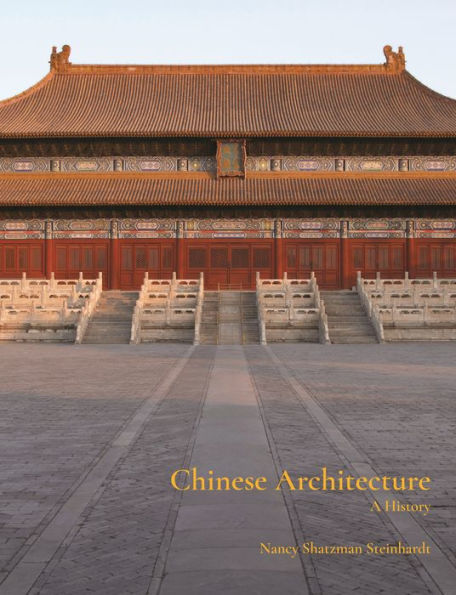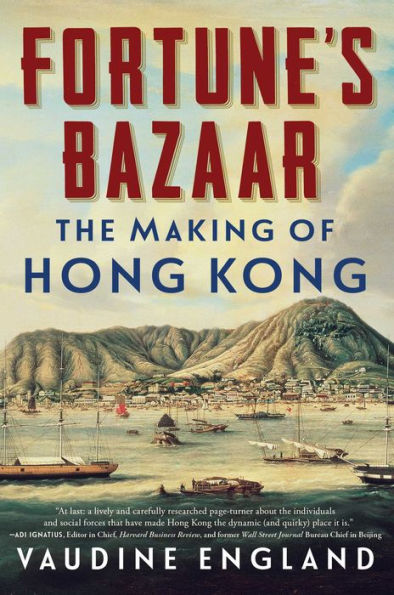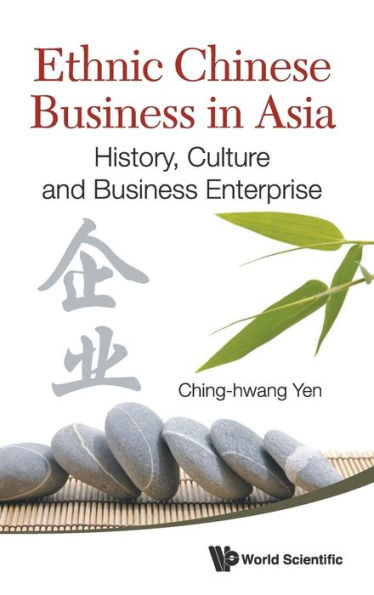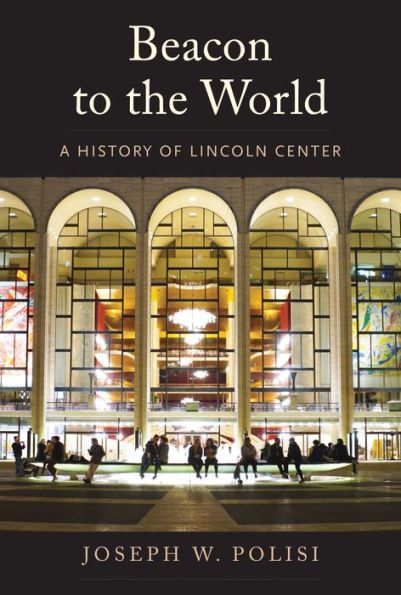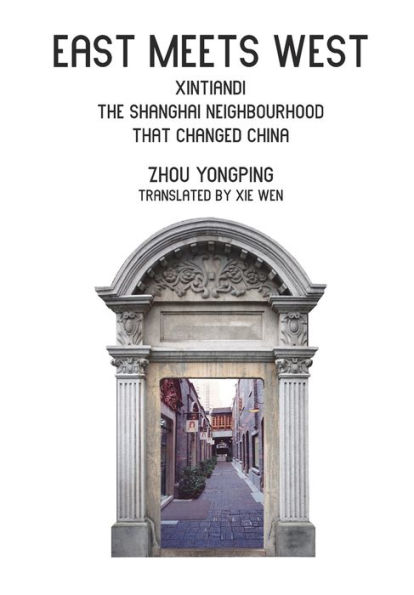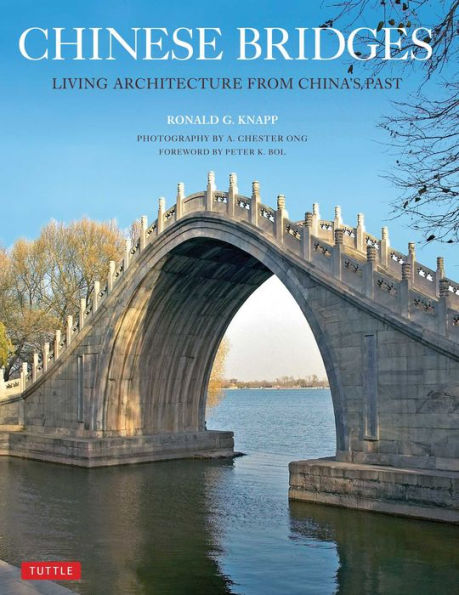Home
Guangzhou: The History and Legacy of China's Most Influential Trade Center
Loading Inventory...
Barnes and Noble
Guangzhou: The History and Legacy of China's Most Influential Trade Center
Current price: $10.24
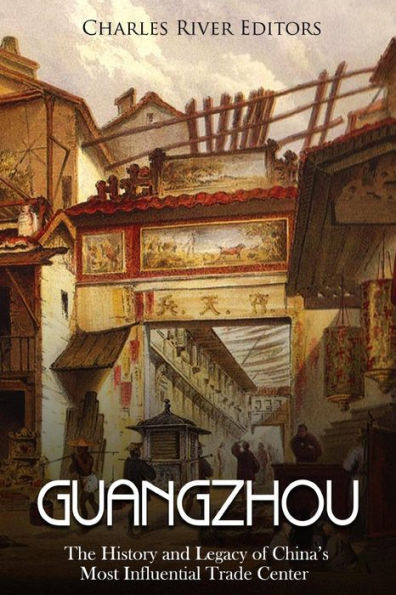

Barnes and Noble
Guangzhou: The History and Legacy of China's Most Influential Trade Center
Current price: $10.24
Loading Inventory...
Size: OS
*Product Information may vary - to confirm product availability, pricing, and additional information please contact Barnes and Noble
*Includes pictures
*Includes contemporary accounts
*Includes online resources and a bibliography for further reading
The modern day city of Guangzhou is located in the mountainous region of south China. Near the Baiyun Mountains that rise from the edge of the city and the eastern banks of the Pearl River (Zhujiang), the city today covers approximately 7, 400 square kilometers. The location of the city provides it the opportunity to oversee the delta of the Pearl River, which is China's third largest river. This has allowed the city historically and in the present to control the movement of goods into China while the proximity of the city to the South China Sea has allowed merchant ships from around the world to trade goods here.
As a developing and expanding city, the land of Guangzhou has become a valuable commodity that attracts immigrants from regions of Southeast Asia, Europe, western Asia and Africa. Even within China itself, a large number of migrants have moved from other regions of China to Guangzhou making the Chinese migrant population around 30-40% resulting in the city deciding to limit its population growth by 2020 (Guangzhou Population 2018). Most of the residents of the city live in the central districts of the city.
The local language of the people, known as Cantonese, is most commonly referred to as also Cantonese, but is more formally known as Yueyu. Due to the high number of migrants from other regions of China it has become more common to also find Mandarin being spoken. Before the city became a thriving metropolitan area, many people had emigrated to other regions such as Southeast Asia and North America in search of job opportunities. Since the 1980s, populations of Cantonese have begun to return back to the city given the financial success of the region and being one of the best commercial cities on the Chinese mainland (Cheng and Geng 06 April 2017).
The people of the region and the language are known as Cantonese based on the romanization of the name "Guangdong" (the name of the region), which may have been interpreted by the Portuguese as sounding like Cantão (Merriam-Webster's 2004: 181). The English then used the term Canton to refer not just to the city, but to the region of Guangdong in general. Since then, the term is used to describe the people, language, culture, and food of the region.
Guangzhou: The History and Legacy of China's Most Influential Trade Center examines how China's third biggest city took shape, from ancient origins to its role in the Silk Road and trade with Europe. Along with pictures depicting important people, places, and events, you will learn about Guangzhou like never before.

